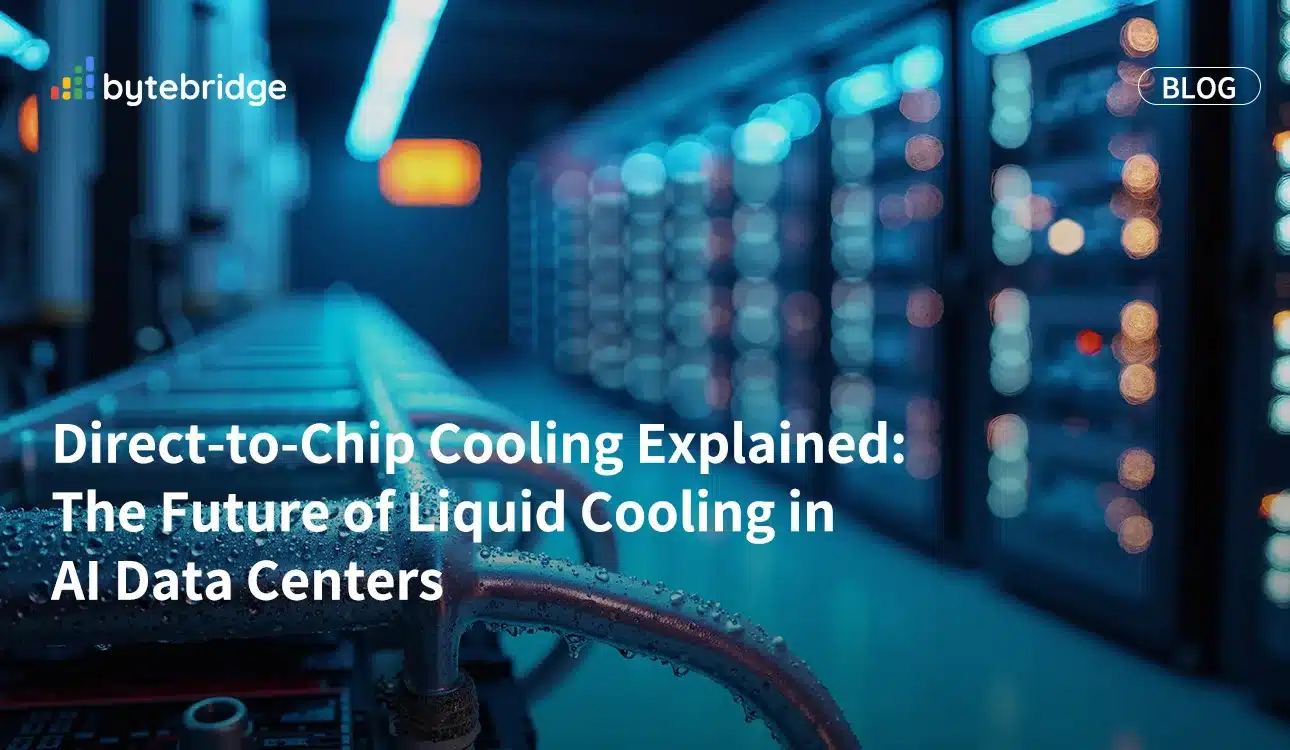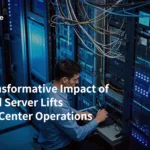With 34 years in IT and 25 years specializing in data center infrastructure, Curtis brings deep expertise in liquid cooling, data storage, systems integration, and AI-ready environments. His extensive experience in the industry makes this article a trusted resource for anyone seeking to understand the future of liquid cooling, including the innovative Direct-to-Chip Cooling technology shaping the next generation of AI data centers.
The Growing Demand for Liquid Cooling
As AI data centers push hardware to new limits, traditional air-cooling methods struggle to keep up. The NVIDIA GB200 processor, the in-demand processor by all AI data centers, generates so much heat that air cooling and even immersion cooling fail to provide sufficient thermal management. This challenge has made direct-to-chip (D2C) single-phase liquid cooling the preferred solution for high-performance AI infrastructure.
How Direct-to-Chip Cooling Works
D2C cooling involves cold plates mounted directly onto processors. A specialized coolant circulates through these plates, absorbing heat before returning to a coolant distribution unit (CDU), where it is cooled and recirculated. CDUs come in two main configurations:
- Liquid-to-Air (L2A) CDU – Uses fans to cool the liquid before recirculating it. This setup works well in facilities without built-in water-cooling infrastructure.
- Liquid-to-Liquid (L2L) CDU – Uses facility water for cooling, offering better efficiency but requiring infrastructure updates in data centers not originally designed for liquid cooling.
A key distinction between single-phase and two-phase cooling is that in single-phase cooling, the liquid remains in a consistent state, while in two-phase cooling, it converts to vapor and condenses back to liquid. Although two-phase cooling is more efficient, its higher costs and complexity make single-phase D2C cooling today’s dominant choice in AI data centers.
CDU Sizes and Deployment Methods
Data centers require different CDU sizes and deployment configurations based on workload intensity, facility layout, and existing cooling infrastructure. The main types include:
- Rack-Based CDU – A compact unit (usually 4U in size) installed within a server rack. It uses a manifold system to distribute coolant to all servers in the rack.
- Row-Based CDU – Positioned at the end or middle of a row of server racks, cooling multiple racks via a secondary fluid network (SFN). Proper piping materials and adherence to data center policies are essential.
- Facility-Based CDU – A large-scale cooling solution installed in separate mechanical rooms, designed to support multiple megawatts of heat dissipation. These require robust SFN designs for efficient coolant distribution.
- Rear-Door Heat Exchanger (RDHx) – Mounted on the back of server racks, RDHx units act as passive heat exchangers, using chilled water or specialized coolant to remove heat from the air before it re-enters the facility.
The Advantages of Direct-to-Chip Cooling
AI-driven workloads demand higher power densities than traditional data center servers, making cooling efficiency a top priority. D2C cooling provides several advantages over air and immersion cooling solutions:
- Greater Efficiency – By directly transferring heat from processors to the cooling medium, D2C cooling significantly reduces thermal resistance.
- Lower Energy Costs – Traditional air-cooling systems require massive fans and chillers to maintain optimal temperatures. D2C solutions reduce power consumption, leading to long-term cost savings.
- Scalability – With modular CDUs, data centers can incrementally upgrade cooling infrastructure without overhauling the entire facility.
- Reduced Water Consumption – Unlike traditional evaporative cooling, D2C systems use closed-loop coolant circulation, minimizing water usage.
Overcoming Challenges in Liquid Cooling Adoption
Despite its benefits, adopting direct-to-chip liquid cooling presents some challenges:
- Retrofitting Existing Facilities – Older data centers built for air cooling may require infrastructure upgrades to accommodate L2L cooling.
- Coolant Compatibility – Selecting the right coolant that balances thermal conductivity, corrosion resistance, and longevity is critical.
- Standardization Issues – While industry leaders are pushing for universal liquid cooling standards, variations in CDU types, manifold designs, and coolant formulations create integration hurdles.
The Future of Liquid Cooling in AI Data Centers
As AI workloads become denser and more power-intensive, liquid cooling will continue to evolve. The industry is shifting toward hybrid cooling solutions, combining D2C cooling with rear-door heat exchangers to maximize efficiency. Facility water availability will also drive broader adoption of L2L CDUs, further improving performance and sustainability.
Conclusion
Direct-to-chip liquid cooling is the leading solution for AI-driven data centers, offering unmatched efficiency, scalability, and long-term cost benefits. As processors grow more powerful and heat dissipation demands rise, data centers must adopt innovative cooling technologies to maintain performance and sustainability. Understanding D2C cooling and its deployment strategies is crucial for making informed decisions in modern AI infrastructure.
At ByteBridge, we specialize in providing cutting-edge cooling solutions tailored to our customers’ unique needs. Our expertise in liquid cooling, including Direct-to-Chip solutions, enables us to design and implement optimized, energy-efficient systems that help data centers scale and perform at their highest potential. By partnering with ByteBridge, you gain a trusted ally in overcoming the challenges of modern cooling while ensuring future-ready infrastructure for AI workloads.
About The Author
Curtis Breville
Global Head of Liquid Cooling - AI Data Centers
Dr. Curtis Breville is the Global Pre-Sales Engineering Manager – Systems & Cooling at ByteBridge, bringing 34 years of IT experience and 25 years specializing in data center infrastructure. An industry leader in liquid cooling, data storage, systems integration, and AI-ready environments, Curtis has held key roles at CoolIT Systems, AHEAD, and Dell, shaping cutting-edge cooling solutions for high-performance computing and AI workloads. His expertise in Direct-to-Chip Cooling and next-generation thermal management makes him a trusted voice in the evolution of data center efficiency and sustainability.







